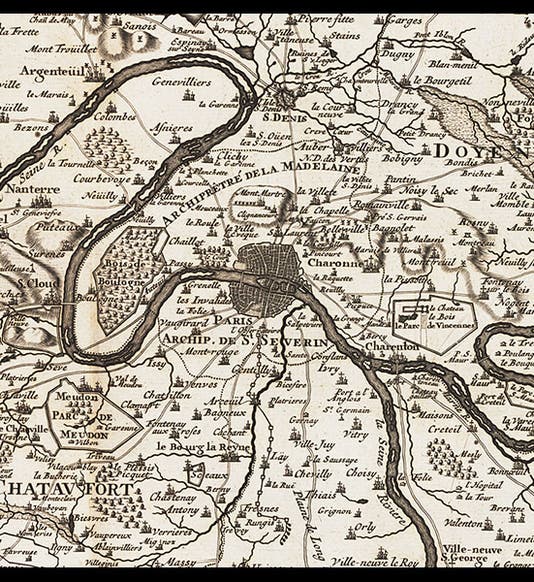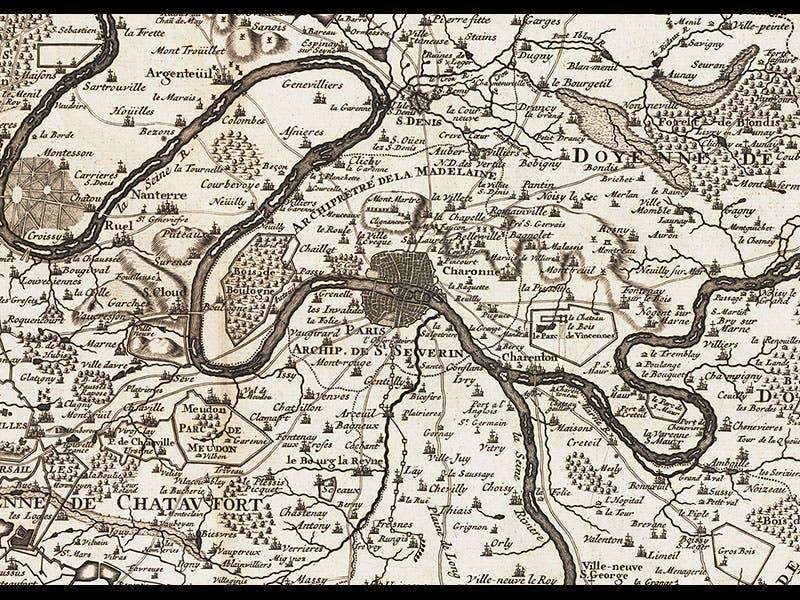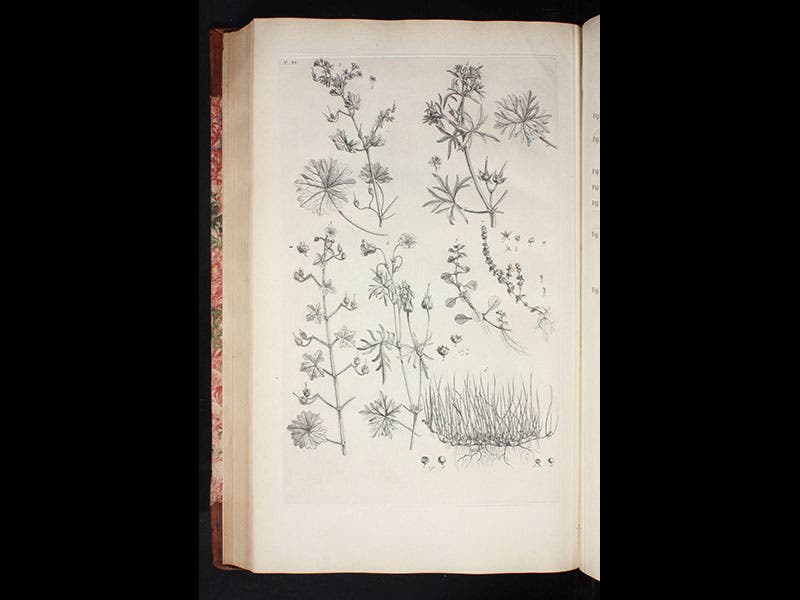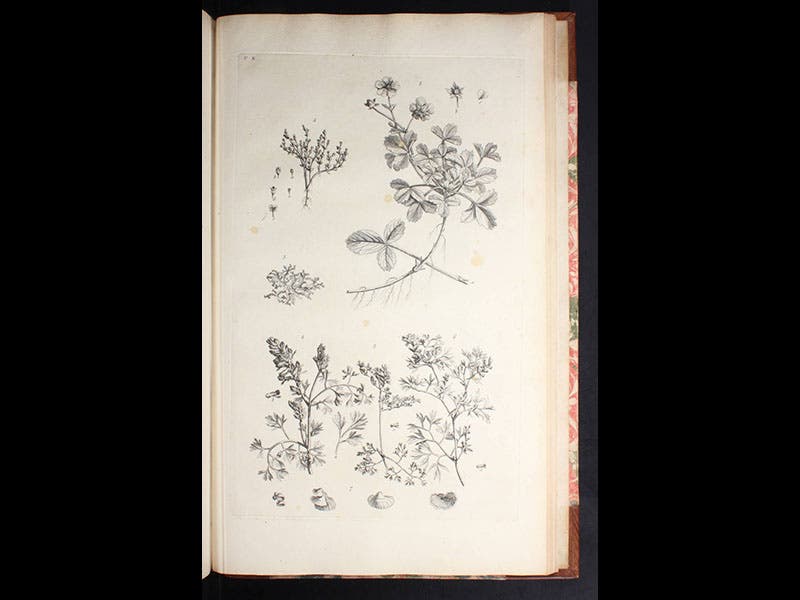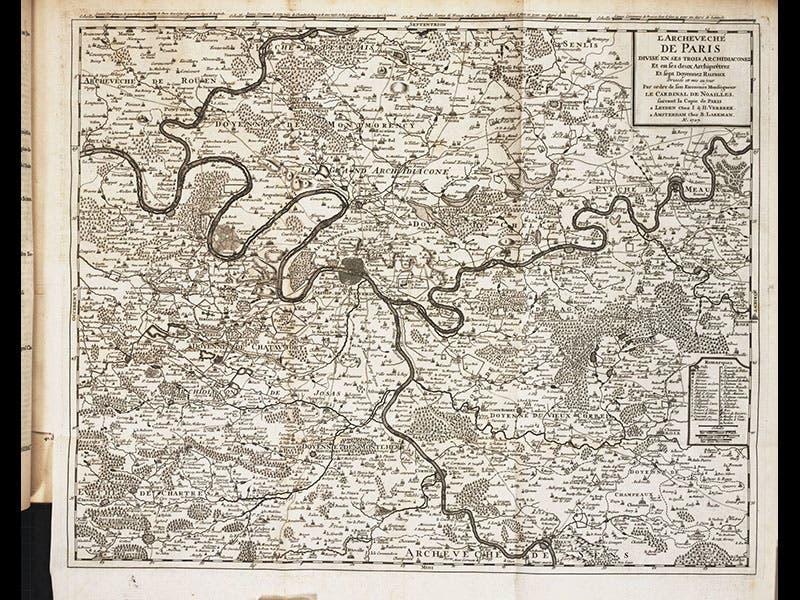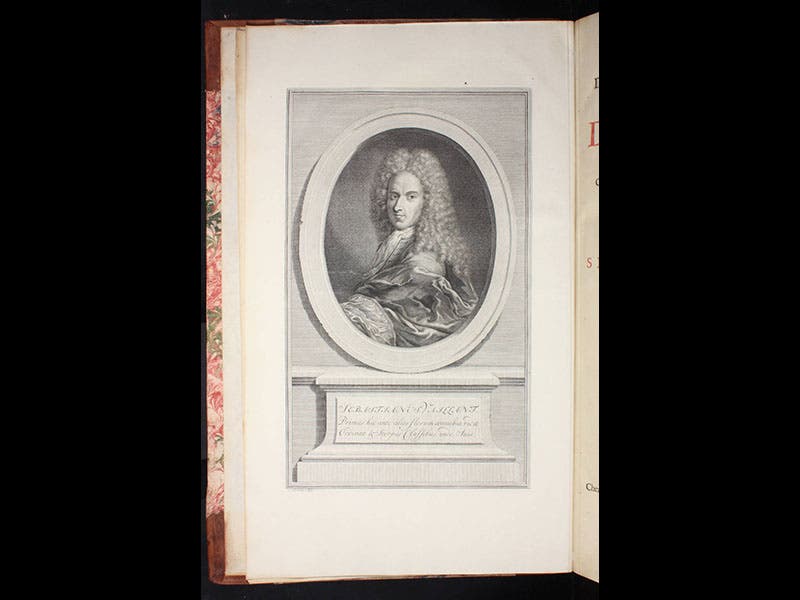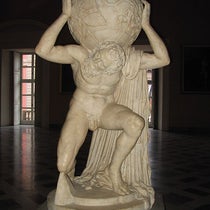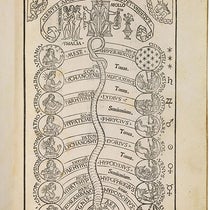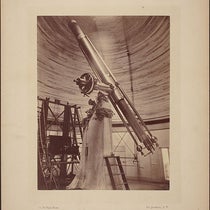Scientist of the Day - Sebastien Vaillant
Sébastien Vaillant, a French botanist, was born May 26, 1669. Vaillant is best known for his Discours sur la structure des fleurs (1718), in which he makes a strong case for plant sexuality. His proposal that the stamens of flowers are the botanical equivalent of male reproductive organs in animals, bestowing some kind of seed on the female pistils, was a somewhat scandalous proposal at the time, but it was soon seen to be correct.
It was through Vaillant that Carl Linnaeus learned of the idea of plant sexuality, and it appealed to him immediately, so much so that when Linnaeus came to classify the plant kingdom in 1735, he used their sexual parts, the stamens and pistils, as the basis for his taxonomic system.
We do not have Vaillant’s treatise in the Library, a situation we are trying to remedy, but we do have one other book by Vaillant, his Botanicon Parisiense (1727), which is essentially a flora of greater Paris. The engravings in this book, mostly line drawings, are not as striking as one might want, as can be seen from the two samples above (second and third images), but the book contains a large folding map of greater Paris that is just gorgeous (fourth image). Regional maps like this are so much more interesting than country maps or world maps because they allow so much room for detail. We reproduce the central section of this map above (first image), and one can see how small Paris was in 1727. It is easy to pick out such landmarks as the Bois de Boulogne at left (where the zoologist Pierre Belon was murdered in 1566), or Montmarte, positioned to the north of Paris on this map, but later to be incorporated within Paris and to become a magnet for artists like Claude Monet and Vincent Van Gogh.
Dr. William B. Ashworth, Jr., Consultant for the History of Science, Linda Hall Library and Associate Professor, Department of History, University of Missouri-Kansas City. Comments or corrections are welcome; please direct to ashworthw@umkc.edu.

